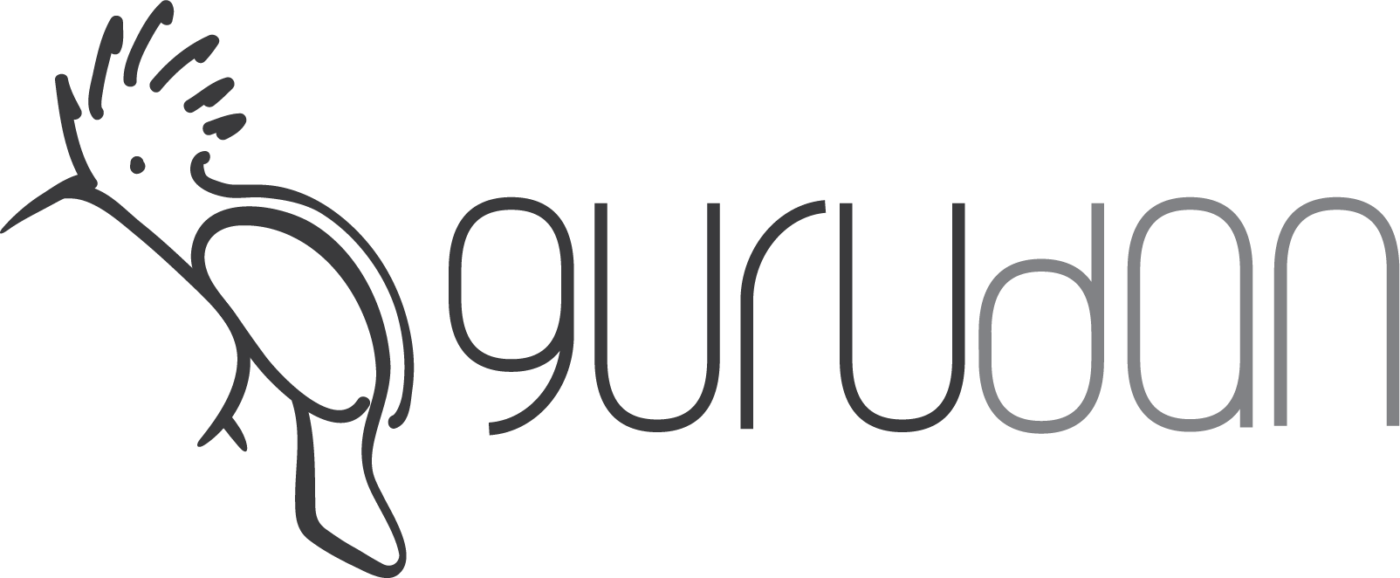Nose aesthetics, or rhinoplasty, is one of the most popular aesthetic surgeries performed to correct nasal discomforts and shape deformities. Rhinoplasty, a surgical procedure that reshapes the nose, is one of the most commonly performed surgeries in the field of plastic surgery. This surgery can alter the size of the nose, reshape the nasal tip, eliminate bumps, narrow the nostrils, and lift the nasal tip. Additionally, any deviation inside the nose can be corrected during the surgery. Rhinoplasty positively transforms the appearance by bringing the individual’s nose into harmony within normal anatomical limits.
This surgery is suitable for anyone without significant health problems. However, like any surgery, rhinoplasty can lead to minor complications. When performed by an experienced plastic surgeon, these complications are minimized. However, minor issues such as infection and nosebleeds can occur. These are rare, and there is usually no visible scar unless the nostrils are narrowed. In most cases, effective communication with the plastic surgeon is essential for the success of the surgery, and an examination should be performed after identifying the patient’s complaints.
The plastic surgeon will inform the patient about the necessary preparations for pre and post-operative care. Rhinoplasty should be performed in a surgical setting within a hospital and typically takes about 1.5 hours. After the surgery, the new shape of the nose is preserved by applying a cast, either plastic or metal, to the nasal bridge. This cast is removed a week later.
Postoperatively, there may be dryness in the mouth due to breathing through the mouth, as there is a tampon inside the nose. Swelling and mild bruising around the eyes and nose may occur. Continuing ice application for the first 48 hours can help reduce these symptoms. After the surgery, it is advisable to lie with the head elevated at a 45-degree angle and on the back (with two pillows). There may be nasal leakage in the first 48 hours, but this decreases over time. From the second day onwards, you can take a bath without water touching the nasal cast.
